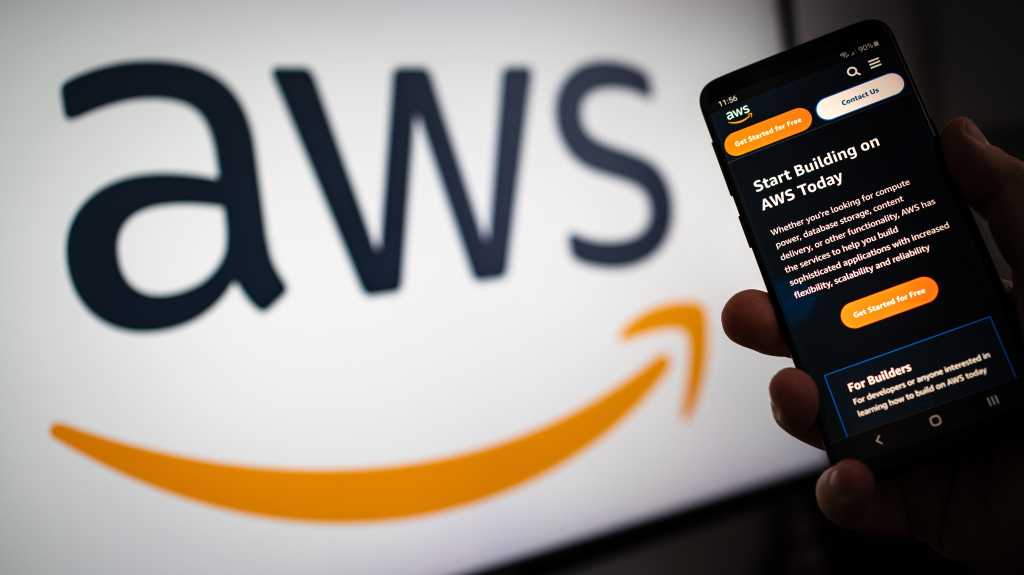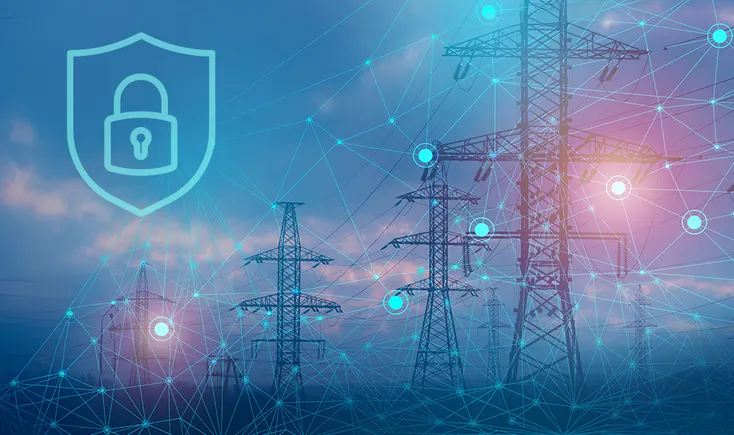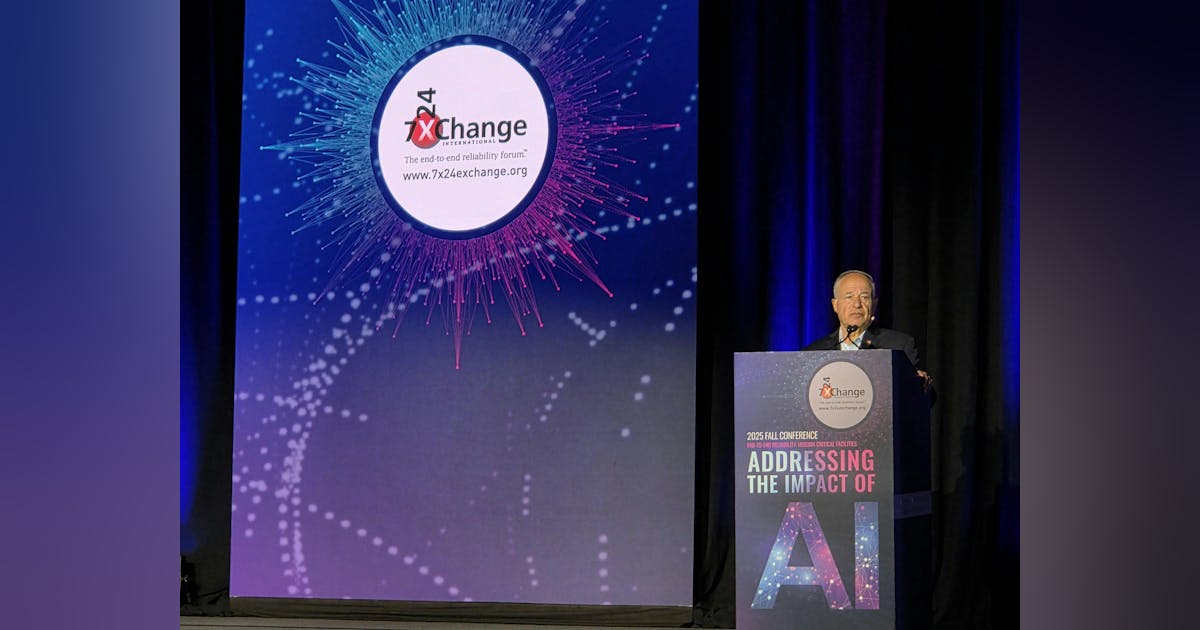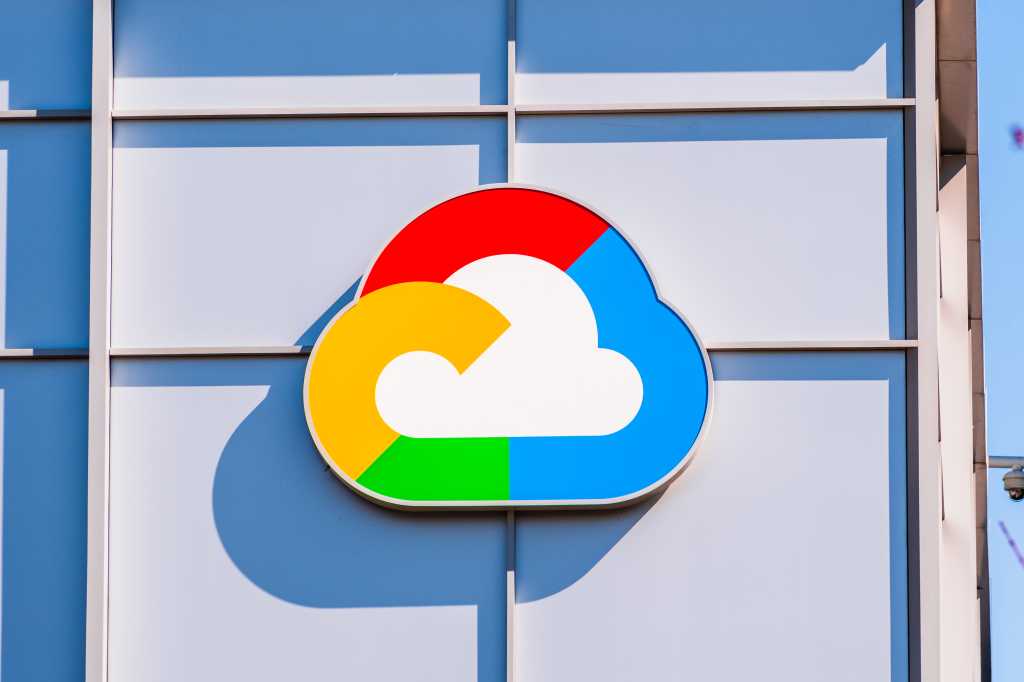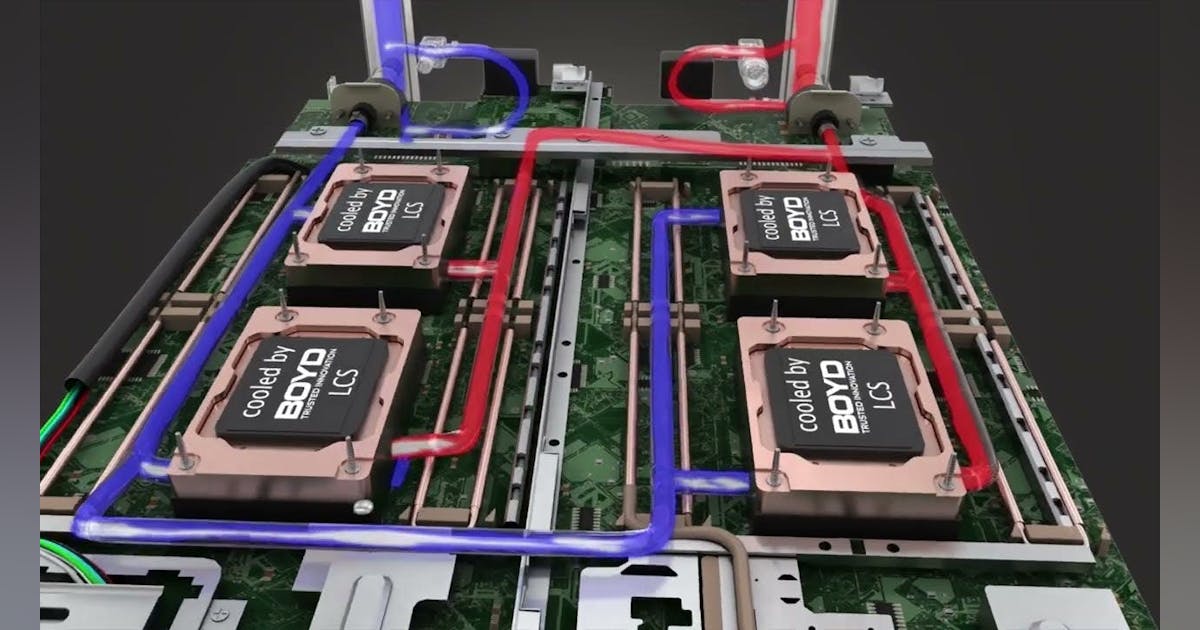In partnership withCISCO
AI and quantum technologies are dramatically reconfiguring how cybersecurity functions, redefining the speed and scale with which digital defenders and their adversaries can operate.

The weaponization of AI tools for cyberattacks is already proving a worthy opponent to current defenses. From reconnaissance to ransomware, cybercriminals can automate attacks faster than ever before with AI. This includes using generative AI to create social engineering attacks at scale, churning out tens of thousands of tailored phishing emails in seconds, or accessing widely available voice cloning software capable of bypassing security defenses for as little as a few dollars. And now, agentic AI raises the stakes by introducing autonomous systems that can reason, act, and adapt like human adversaries.
But AI isn’t the only force shaping the threat landscape. Quantum computing has the potential to seriously undermine current encryption standards if developed unchecked. Quantum algorithms can solve the mathematical problems underlying most modern cryptography, particularly public-key systems like RSA and Elliptic Curve, widely used for secure online communication, digital signatures, and cryptocurrency.
“We know quantum is coming. Once it does, it will force a change in how we secure data across everything, including governments, telecoms, and financial systems,” says Peter Bailey, senior vice president and general manager of Cisco’s security business.
“Most organizations are understandably focused on the immediacy of AI threats,” says Bailey. “Quantum might sound like science fiction, but those scenarios are coming faster than many realize. It’s critical to start investing now in defenses that can withstand both AI and quantum attacks.”
Critical to this defense is a zero trust approach to cybersecurity, which assumes no user or device can be inherently trusted. By enforcing continuous verification, zero trust enables constant monitoring and ensures that any attempts to exploit vulnerabilities are quickly detected and addressed in real time. This approach is technology-agnostic and creates a resilient framework even in the face of an ever-changing threat landscape.
Putting up AI defenses
AI is lowering the barrier to entry for cyberattacks, enabling hackers even with limited skills or resources to infiltrate, manipulate, and exploit the slightest digital vulnerability.
Nearly three-quarters (74%) of cybersecurity professionals say AI-enabled threats are already having a significant impact on their organization, and 90% anticipate such threats in the next one to two years.
“AI-powered adversaries have advanced techniques and operate at machine speed,” says Bailey. “The only way to keep pace is to use AI to automate response and defend at machine speed.”
To do this, Bailey says, organizations must modernize systems, platforms, and security operations to automate threat detection and response—processes that have previously relied on human rule-writing and reaction times. These systems must adapt dynamically as environments evolve and criminal tactics change.
At the same time, companies must strengthen the security of their AI models and data to reduce exposure to manipulation from AI-enabled malware. Such risks could include, for instance, prompt injections, where a malicious user crafts a prompt to manipulate an AI model into performing unintended actions, bypassing its original instructions and safeguards.
Agentic AI further ups the ante, with hackers able to use AI agents to automate attacks and make tactical decisions without constant human oversight. “Agentic AI has the potential to collapse the cost of the kill chain,” says Bailey. “That means everyday cybercriminals could start executing campaigns that today only well-funded espionage operations can afford.”
Organizations, in turn, are exploring how AI agents can help them stay ahead. Nearly 40% of companies expect agentic AI to augment or assist teams over the next 12 months, especially in cybersecurity, according to Cisco’s 2025 AI Readiness Index. Use cases include AI agents trained on telemetry, which can identify anomalies or signals from machine data too disparate and unstructured to be deciphered by humans.
Calculating the quantum threat
As many cybersecurity teams focus on the very real AI-driven threat, quantum is waiting on the sidelines. Almost three-quarters (73%) of US organizations surveyed by KPMG say they believe it is only a matter of time before cybercriminals are using quantum to decrypt and disrupt today’s cybersecurity protocols. And yet, the majority (81%) also admit they could do more to ensure that their data remains secure.
Companies are right to be concerned. Threat actors are already carrying out harvest now, decrypt later attacks, stockpiling sensitive encrypted data to crack once quantum technology matures. Examples include state-sponsored actors intercepting government communications and cybercriminal networks storing encrypted internet traffic or financial records.
Large technology companies are among the first to roll out quantum defenses. For example, Apple is using cryptography protocol PQ3 to defend against harvest now, decrypt later attacks on its iMessage platform. Google is testing post-quantum cryptography (PQC)—which is resistant to attacks from both quantum and classical computers—in its Chrome browser. And Cisco “has made significant investments in quantum-proofing our software and infrastructure,” says Bailey. “You’ll see more enterprises and governments taking similar steps over the next 18 to 24 months,” he adds.
As regulations like the US Quantum Computing Cybersecurity Preparedness Act lay out requirements for mitigating against quantum threats, including standardized PQC algorithms by the National Institute of Standards and Technology, a wider range of organizations will start preparing their own quantum defenses.
For organizations beginning that journey, Bailey outlines two key actions. First, establish visibility. “Understand what data you have and where it lives,” he says. “Take inventory, assess sensitivity, and review your encryption keys, rotating out any that are weak or outdated.”
Second, plan for migration. “Next, assess what it will take to support post-quantum algorithms across your infrastructure. That means addressing not just the technology, but also the process and people implications,” Bailey says.
Adopting proactive defense
Ultimately, the foundation for building resilience against both AI and quantum is a zero trust approach, says Bailey. By embedding zero trust access controls across users, devices, business applications, networks, and clouds, this approach grants only the minimum access required to complete a task and enables continuous monitoring. It can also minimize the attack surface by confining a potential threat to an isolated zone, preventing it from accessing other critical systems.
Into this zero trust architecture, organizations can integrate specific measures to defend against AI and quantum risks. For instance, quantum-immune cryptography and AI-powered analytics and security tools can be used to identify complex attack patterns and automate real-time responses.
“Zero trust slows down attacks and builds resilience,” Bailey says. “It ensures that even if a breach occurs, the crown jewels stay protected and operations can recover quickly.”
Ultimately, companies should not wait for threats to emerge and evolve. They must get ahead now. “This isn’t a what-if scenario; it’s a when,” says Bailey. “Organizations that invest early will be the ones setting the pace, not scrambling to catch up.”
This content was produced by Insights, the custom content arm of MIT Technology Review. It was not written by MIT Technology Review’s editorial staff. It was researched, designed, and written by human writers, editors, analysts, and illustrators. This includes the writing of surveys and collection of data for surveys. AI tools that may have been used were limited to secondary production processes that passed thorough human review.

